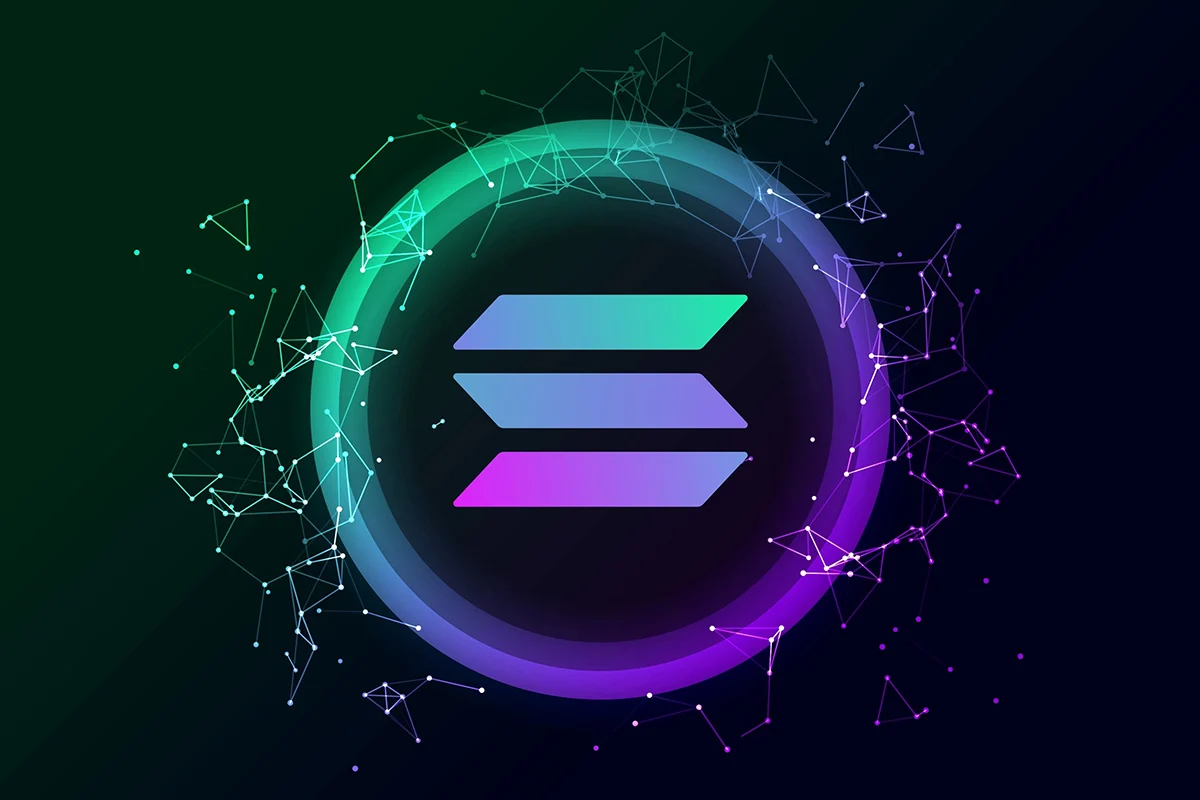A look at 13 popular DeFAI projects: GRIFFAIN and Hey Anon have market capitalizations exceeding 100 million, with an average increase of more than 440%
Author: Nancy, PANews
Following the hype of AI frameworks, DeFAI has also become one of the hot tracks in the encrypted AI Agent. The DeFAI project is promoting the intelligent and automated transformation of the encrypted financial interactive experience of the DeFi ecosystem by improving asset management efficiency, capital yield, and operation process optimization, thereby enhancing the transaction convenience and market efficiency of DeFi users.
In this article, PANews compiled 13 popular DeFAI-type coin issuance projects, of which only GRIFFAIN and Hey Anon have a market value of over 100 million, and most of the others are in the tens of millions of dollars. The scarcity of leading projects may mean that the participation in the DeFAI track is still relatively limited. However, the overall performance of the DeFAI project is still worth paying attention to. The 13 projects have increased by an average of 445.6% in the past week, among which Hive, HotKeySwap, Bankr and Hey Anon have increased far more than the average, showing the attention of capital.
GRIFFAIN ( GRIFFAIN)
GRIFFAIN was built by Solana core developer @tonyplasencia3, who was previously a developer of the Underdog and Blink projects on Solana. This is a blockchain platform that combines AI agents, allowing users to easily build and deploy custom AI agents to provide intelligent assistance for various tasks. GRIFFAIN's agent network has two types of agents: personal agents and special agents, which are currently invitation-based. At the same time, GRIFFAIN integrates DEX, supports token exchange, liquidity provision, and ecosystem growth, and provides users with powerful solutions for efficient trading and management of digital assets, aiming to make decentralized finance more efficient and easy to use.
GMGN data shows that as of January 9, GRIFFAIN's market value reached US$390 million, with an increase of 33.4% in the past seven days.
Hey Anon( ANON)
Hey Anon is an AI-driven DeFi protocol that simplifies interactions, aggregates real-time project data, and performs complex operations through natural language processing. It recently launched Sonic and has received support from DWF Labs' $20 million AI Agent Fund. Hey Anon's founder is DeFi developer Daniele Sesta, who created projects such as Wonderland and AbracadabraMoney and launched DEX WAGMI last year. PANews previously published an article introducing its three core scenarios.
Data shows that as of January 9, ANON's market value reached US$136 million, up 775.8% in the past seven days.
ModeNetwork (MODE)
ModeNetwork is an Ethereum Layer2 platform that focuses on building a DeFi economy that is fully operated by AI agents. According to the official website, ModeNetwork's TVL has exceeded US$500 million and the number of transactions has exceeded 24 million. Currently, there are 129 AI agents running on the Mode network, and these agents have completed more than 1,670 DeFi transactions.
GMGN data shows that as of January 9, MODE's market value was approximately US$97.42 million, down approximately 14.5% in the past seven days.
Hive (BUZZ)
Hive is the star project of the Solana AI Hackathon. It is a modular, interoperable DeFi proxy network that can coordinate complex operations on the execution chain and seamlessly integrate multiple DeFi functions (such as trading, staking, liquidity management, and sentiment analysis) into a unified platform driven by a natural language interface.
GMGN data shows that as of January 9, BUZZ's market value was approximately US$91.4 million, and its increase since its launch on January 3 has exceeded 2713.4%.
neur.sh (NEUR)
Neur, which claims to be Solana's "smart co-pilot", is an open source full-stack application that combines large language models (LLM) and blockchain technology. It enables seamless interaction with DeFi protocols, NFTs and more through smart interfaces. It has currently integrated Jupiter, Pump.fun and Magic Eden.
GMGN data shows that as of January 9, NEUR's market value reached US$47 million, down about 2.6% in the past seven days.
ORBIT (GRIFT)
ORBIT is a DeFi assistant that supports natural language interaction and aims to simplify on-chain operations. It has integrated more than 117 chains and nearly 200 protocols. The team behind ORBIT is the AI infrastructure protocol SphereOne, which has received support from Coinbase, Google, and Alliance DAO.
GMGN data shows that as of January 9, GRIFT's market value exceeded US$37 million, with an increase of 92% in the past seven days.
Polytrader ( POLY)
Polytrader is an AI agent built on Virtuals specifically for prediction markets, providing actionable insights by analyzing data and market sentiment from social media and Polymarket.
GMGN data shows that as of January 9, POLY's market value was approximately US$17.2 million, down nearly 0.2% in the past seven days.
Gekko AI ( GEKKO )
Gekko AI is an AI agent created by Virtuals Protocol that aims to provide a comprehensive automated trading solution. Gekko AI was created by AI trading platform Axal, whose flagship product Autopilot allows users to create custom trading agents.
GMGN data shows that as of January 9, GEKKO's market value was approximately US$15 million, down nearly 27.8% in the past seven days.
BankrCoin (BNKR)
BankrCoin is an AI-driven crypto asset management and trading assistant that helps users easily conduct crypto transactions, manage wallets, set limit orders, and more by sending simple messages. At the same time, the platform seamlessly integrates with multiple platforms such as Warpcast, X, Discord, and Telegram, making cryptocurrency trading and asset management more convenient and automated. According to the latest plan, BankrCoin will soon support token swaps, USDC usage, on-chain activity tracking, and more.
GMGN data shows that as of January 9, BNKR's market value exceeded US$12.39 million, with an increase of 870.8% in the past seven days.
HotKeySwap (HOTKEY)
HotKeySwap is an AI-driven DeFi platform that provides a complete set of DeFi tools including AI-driven DEX aggregators and analysis tools, cross-chain transactions, etc., aiming to enhance the trading and asset management experience.
GMGN data shows that as of January 9, HOTKEY's market value was approximately US$11.76 million, up 1220.1% in the past seven days.
ASYM (ASYM)
ASYM is an AI agent network designed to generate profits by identifying high ROI opportunities, allocating capital to these opportunities, and settling the profits generated in $ASYM.
GMGN data shows that as of January 9, ASYM's market value was approximately US$11.2 million, up 3.9% over the past seven days.
Project Plutus( PPCOIN)
Project Plutus focuses on providing AI-driven smart trading and investment strategy optimization for DeFi users. It aims to help users trade and manage investment portfolios in complex markets through automated AI agents, thereby improving trading efficiency and decision-making quality.
GMGN data shows that as of January 9, PPCOIN's market value was approximately US$8.67 million, down 29.6% in the past seven days.
Cod3x( TONY)
Cod3x allows users to discover, build and automate on-chain financial strategies, and provides code-free building tools to create agents for automated DeFi strategies. Cod3x was created by ByteMasons, which has deployed multiple protocols on platforms such as Fantom and Optimism.
BigTony is the first autonomous trading agent plugged into Cod3x. GMGN data shows that as of January 9, TONY's market value is about 7 million US dollars, up 158.8% in the past 7 days.
You May Also Like

Solana ETFs Market Grows with Fidelity and Canary Marinade’s New Funds

XRP analysts shift 2025 outlook as liquidity models evolve

